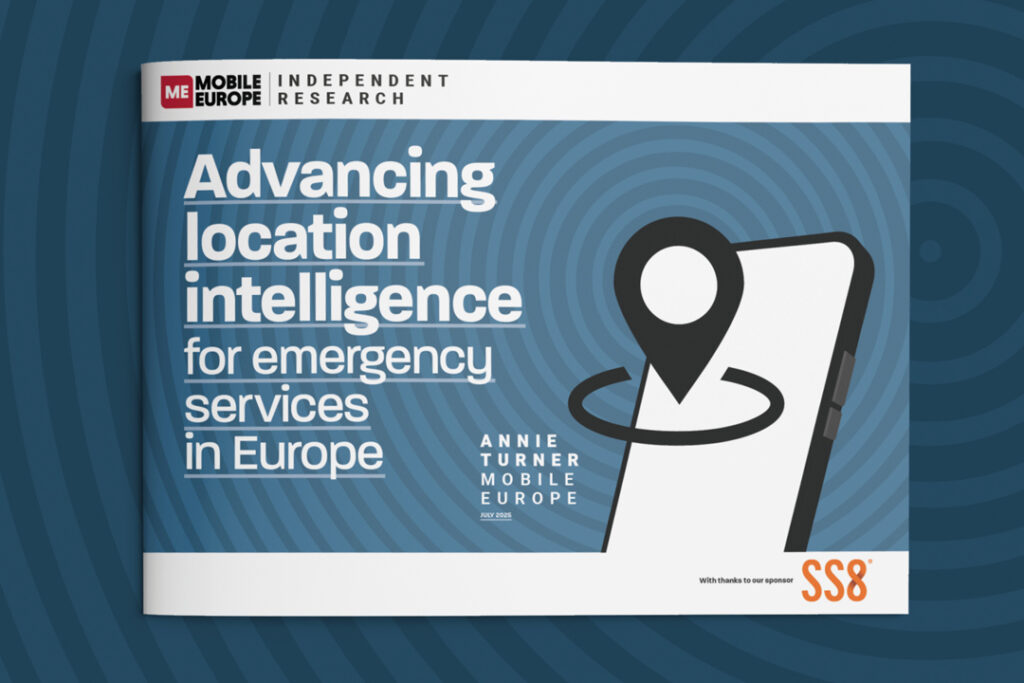The spectrum situation is becoming increasingly desperate for mobile operators as more users demand more speed for more intensive services.
While the industry has done its best to mitigate the problem with spectrum-optimising technologies, this can only go so far in helping the situation. Ultimately, the bottom line is this: more spectrum is needed for mobile.
This year’s World Radiocommunication Conference, or WRC, therefore falls at a particularly significant time for the industry. With network capacity reaching bursting point and the next WRC not due until 2019, telcos are running against the clock.
“It’s all about the lead times,” says Glyn Carter, Senior Spectrum Advisor at the GSMA. “These conferences only take place every four years and typically there is only an agenda about a particular subject once every two conferences.
“The last time [mobile spectrum] was discussed was back in 2007. Since then, a lot as happened in the field of mobile broadband and the whole world has changed, with the advent of the smartphone etc.
“No-one can predict the future but it’s pretty clear that the use of mobile broadband will continue to grow pretty rapidly over the coming years – I think everyone agrees on that. What this conference needs to do is allocate additional spectrum for mobile that will allow that growth to happen.”
Of course, it isn’t just telcos who will be vying for additional resources; operators will be up against other organisations with their eyes on the same spectrum, including broadcasters.
So what happens if telcos can’t convince the ITU to hand over the additional resources that they claim they so desperately need?
“You have to look at the ‘what if’,” says Carter. “If you look at the normal [event] cycle of around four years, then you’d be looking at around 2023 before another conference could consider this matter. And then you’ve got a lead time of 5-10 years on top of that.
“So if decisions aren’t made at this conference, then you’re probably looking at 2030 before spectrum that isn’t allocated to mobile broadband could be made available.
“In 15 years, you’d imagine that the use of spectrum for mobile broadband is going to have increased by an astronomical amount…This could have a very serious impact on the growth of mobile broadband.”
Operators are already looking to other techniques to meet soaring traffic, and evolving technology and use of new ones have allowed operators to squeeze what they can from the resources they possess. But as Carter explains, this isn’t enough.
“There are practical limitations on that for a number of reasons and limits on what can be done. That also has a big impact on cost of providing the services [to consumers] as well.
“[There’s also] the use of things like Wi-Fi, which again is something all the operators are doing. But that can’t completely solve the problem; it can help, but it doesn’t avoid the need to have more spectrum.”
With WRC-15 now entering its second week, operators’ ambitions for mobile services remain at the mercy of the ITU.



